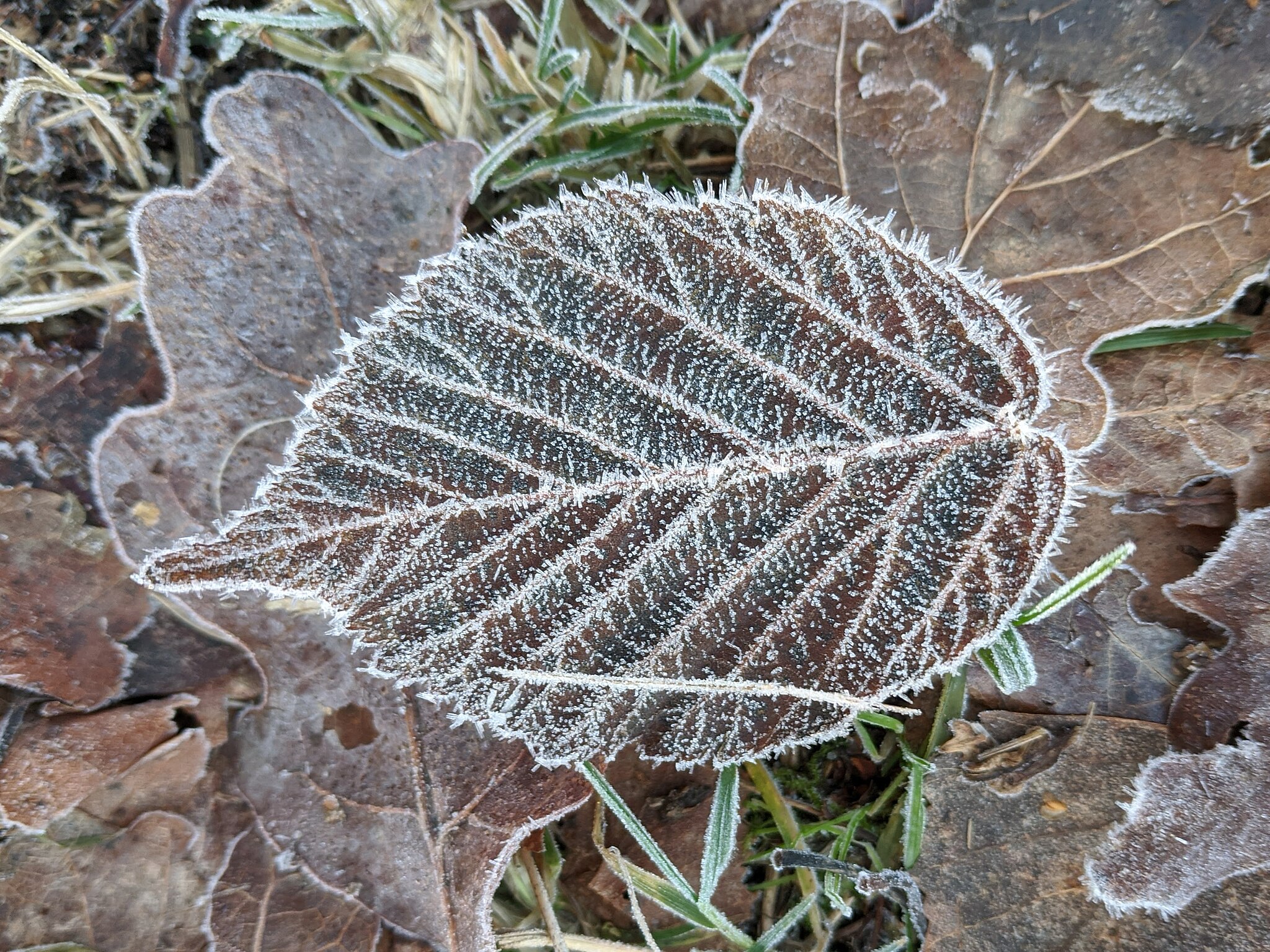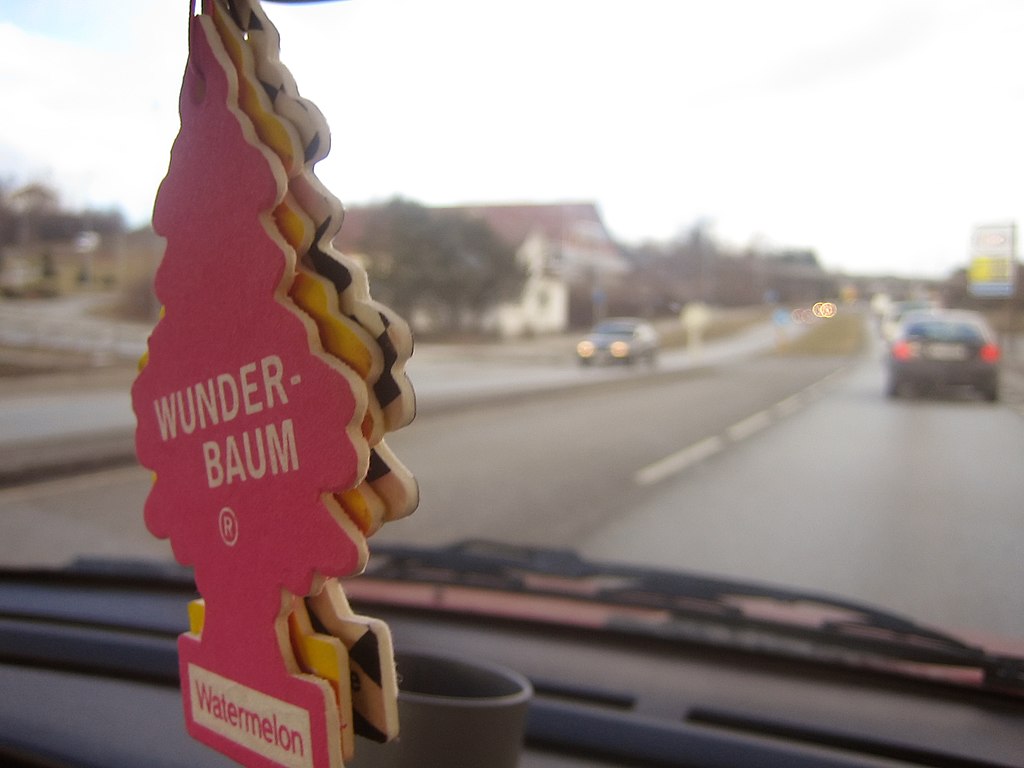Under the hood

Usually this blog does not focus on technical details. Until I figure out a better way to share it, this is an exception. I wanted to share my setup, in case it helps someone else. If I left out the detail you needed, feel free to contact me.
Development
This blog is created with Jekyll. For development I use Docker and docker-compose.
The docker-compose.yml
---
services:
jekyll:
image: bretfisher/jekyll-serve
volumes:
- .:/site
ports:
- '4000:4000'
That way I can work on any machine that has git and Docker (with docker-compose).
The project has a readme.md where I store everything I have to remember,
including ToDos.
The exclude list in _config.yml is used to make sure convenience files are not
included in the final site. That gives me freedom to add what I need.
Migration
I used the RSS-feed and a ruby script to do a rough migration of my texts. Since the old platform did not support a feed containing all posts, I had to do some un-publishing to make it work.
Editor
I prefer to use RubyMine for writing blog posts and have created custom templates for the collections I create most often. How to create custom templates.
Deployment
The site is run on Ubuntu with nginx. Updates are made by GitHub actions. The deploy-action is based on an ssh-action. It logs in to the server, pulls the latest version from git, builds the site on the server and copies it to the right folder. I like how GitHub actions are stored with the source code. Since I can push to git over 443, I can also deploy from places with very strict firewalls.
Analytics
The site uses Matomo. Currently I use their SaaS, but it is easy to host on your own. I have disabled all cookies for tracking. That gives me less data, but probably enough data. If I change my mind you will see the banner.
Images
For images I use a Jekyll _data-file and an include.
The illustrations.yml has a path to the image file,
the alt-tag text, and credits (often including copyright information.)
Illustrations also have a name, used as an id.
This way I can make sure that all images have the meta data needed.
My image.html in _includes. The
{% assign ill ...
line finds the illustration based on name.
{% if include.image %}
{% assign ill = site.data.illustrations[include.image] %}
<img src="/assets/images/{{ill.assets-path}}" alt="{{ ill.alt }}" title="{{ill.cred}}"/>
{% endif%}
In the layout files it looks like this:
{% include image.html image=post.illustration %}
where post.illustration is the name of the illustration.
To get the image to preview in social media I use _includes/head.html
{% if page.illustration %}
{% assign ill = site.data.illustrations[page.illustration] %}
<meta property="og:image" content="{{ site.url }}/assets/{{ ill.assets-path }}" />
{% endif %}
There are Jekyll plugins for images, but I did not think that they fit my needs. I might change my mind later.
Comments
I have not had many comments on my previous setup, so I opted for a low-tech “e-mail me” version. The link tag pre-populates the to-address and what post the comment refers to is included in the subject. If there are loads of comments I will need another solution, but that is a nice problem to have.


Comment on the blog!
Create a comment by emailing me.
Open an email to start writing.I will then add the comment to the post.